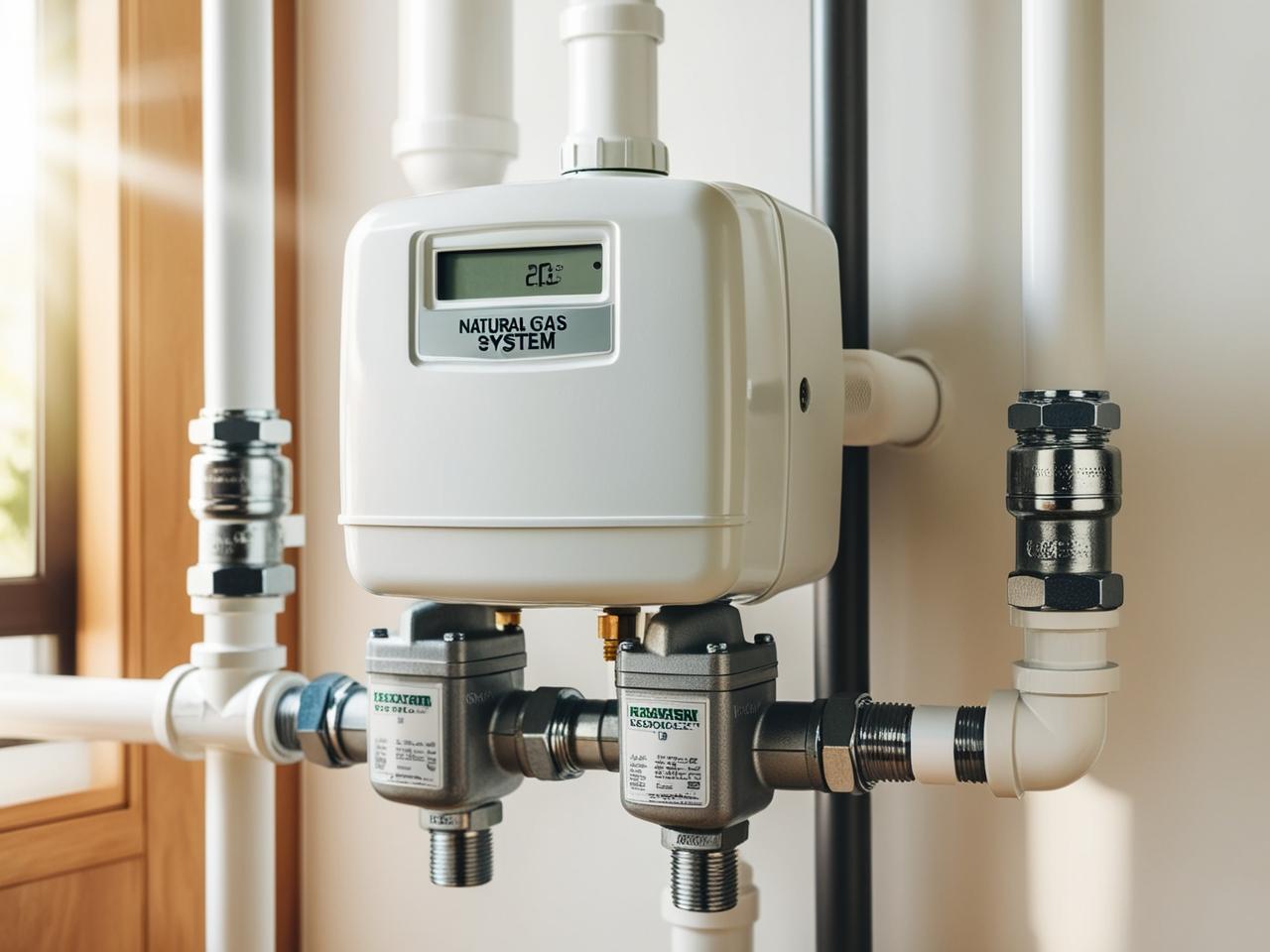Summary: Security cameras are becoming smarter with AI facial recognition, real-time alerts, and cloud-based monitoring. But is this increased surveillance improving security or creating privacy concerns? Let’s explore the latest trends in home surveillance technology
1. The AI Revolution in Home Surveillance
Modern AI-powered security cameras can differentiate between people, animals, and objects, reducing false alarms. Some models even feature real-time facial recognition, helping homeowners quickly identify visitors or potential intruders.
2. Privacy vs. Protection: The Debate Over 24/7 Monitoring
While always-on surveillance helps deter crime, it also raises concerns about data privacy and potential hacking risks. Many smart security cameras store footage in the cloud, meaning third-party companies may have access to personal video recordings.
3. DIY vs. Professional Security Systems: Which is Better?
DIY security systems like Ring and Google Nest allow easy installation and remote monitoring, while professional systems provide 24/7 monitoring services. Homeowners must decide between affordability and reliability when choosing a system.
4. Indoor vs. Outdoor Cameras: What’s Best for Your Home?
While video doorbells and indoor cameras provide convenience, outdoor cameras with motion-activated floodlights offer better perimeter security. Some smart surveillance systems even allow integration with police departments for faster emergency response.
5. The Future of AI Security: Predicting Crime Before It Happens
Companies are working on predictive analytics in home security systems, which use AI to detect suspicious patterns before a crime occurs. While this technology is still developing, it could change the way we prevent home intrusions.








